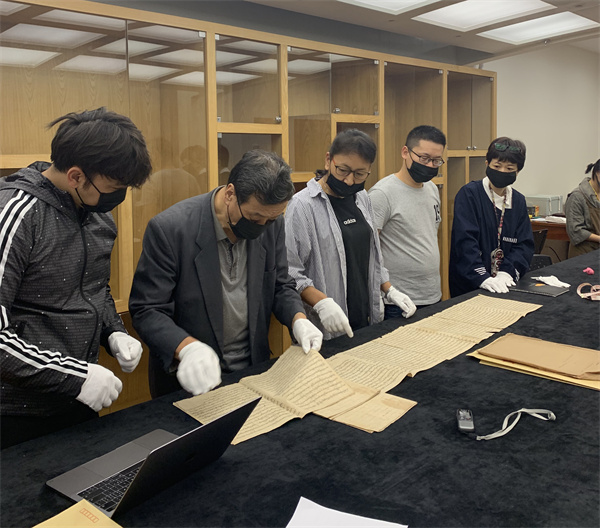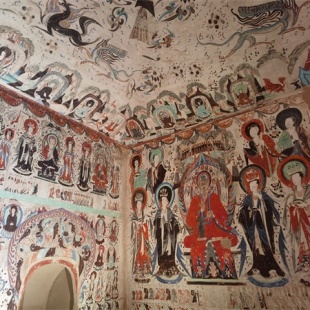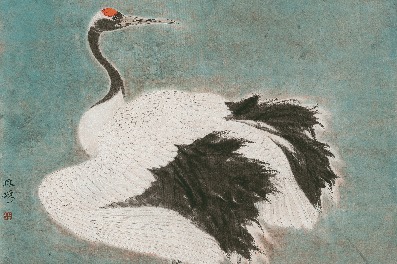Paper chase opens chapter on history


However, China faced a deep social crisis around 1900, and the Qing Dynasty (1644-1911) government thus had little available resources to safeguard the new discovery in time. Numerous Western scholars and "explorers" swarmed to the Mogao Caves after realizing the true significance of this trove, leading to many of the pages ending up overseas.
The caves were inscribed onto the UNESCO World Heritage List in 1987, one of the earliest entries from China. Nevertheless, losing text treasures remains a lasting regret for guardians of this cultural wonder.
It is estimated that about 70,000 pieces of Dunhuang documents survive to date around the world, but only around 20,000 of them are in China, while the rest are housed in dozens of institutions in countries like the United Kingdom, France, Russia, Japan, and others. For example, the world's oldest known print work, the Diamond Sutra from the year 868, which was found in "the library cave", is now housed in the British Library.





































